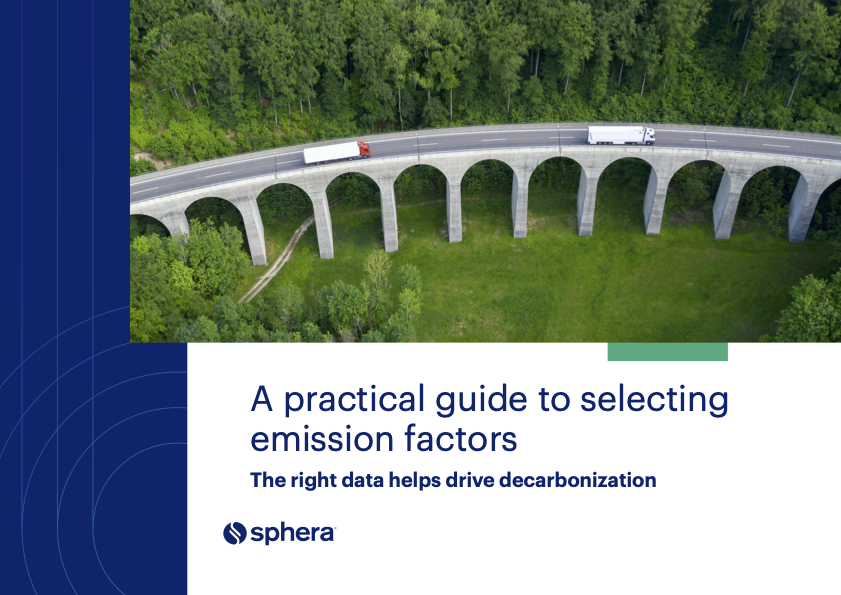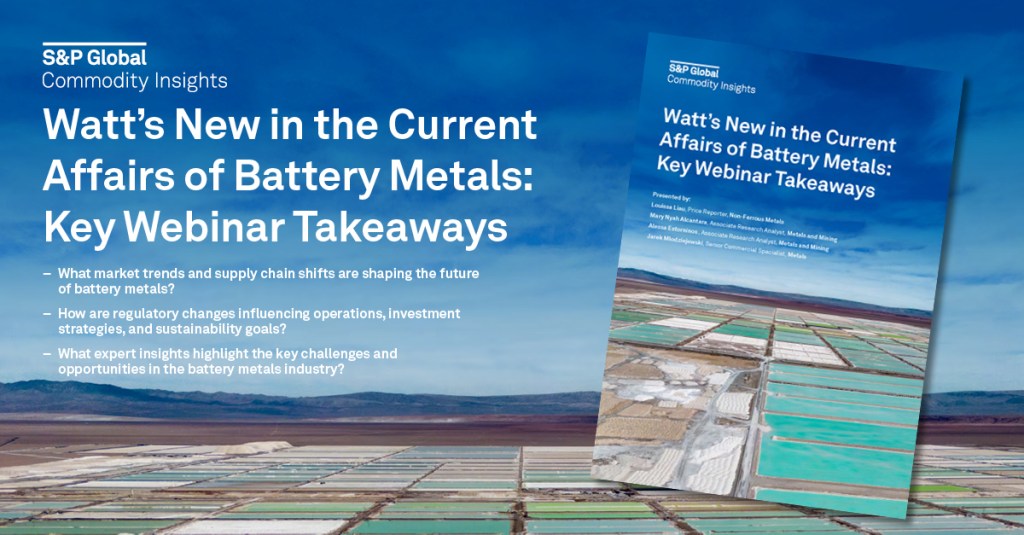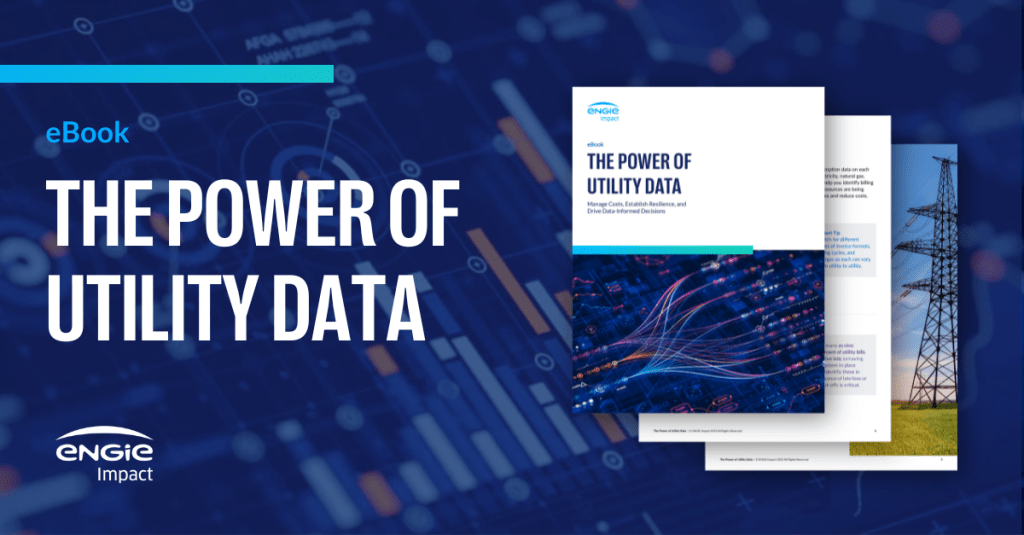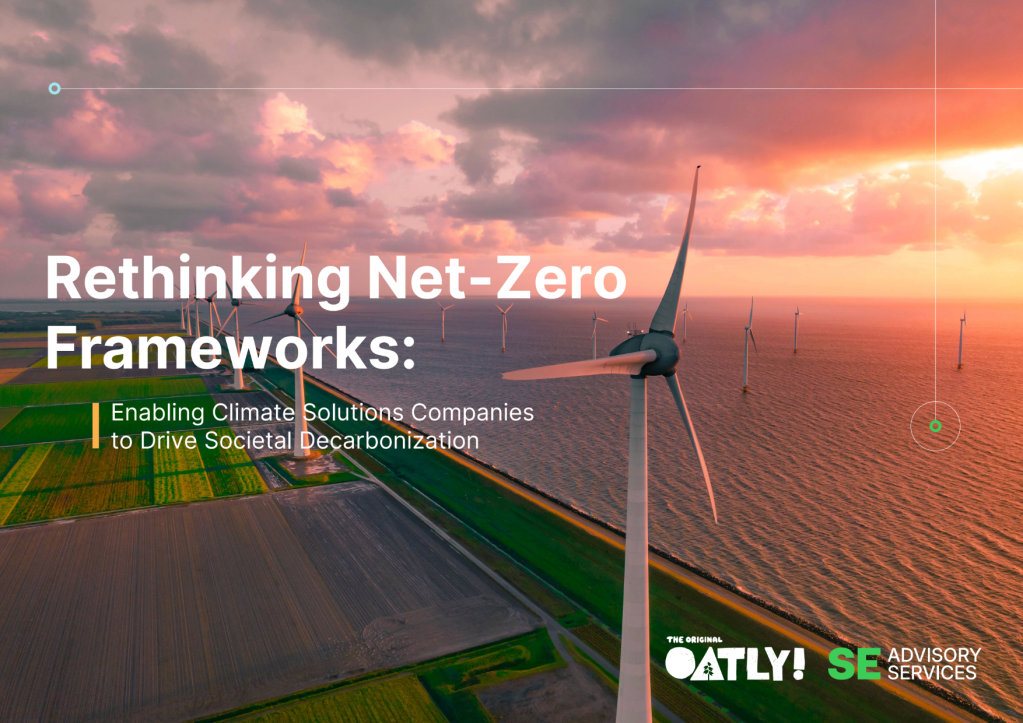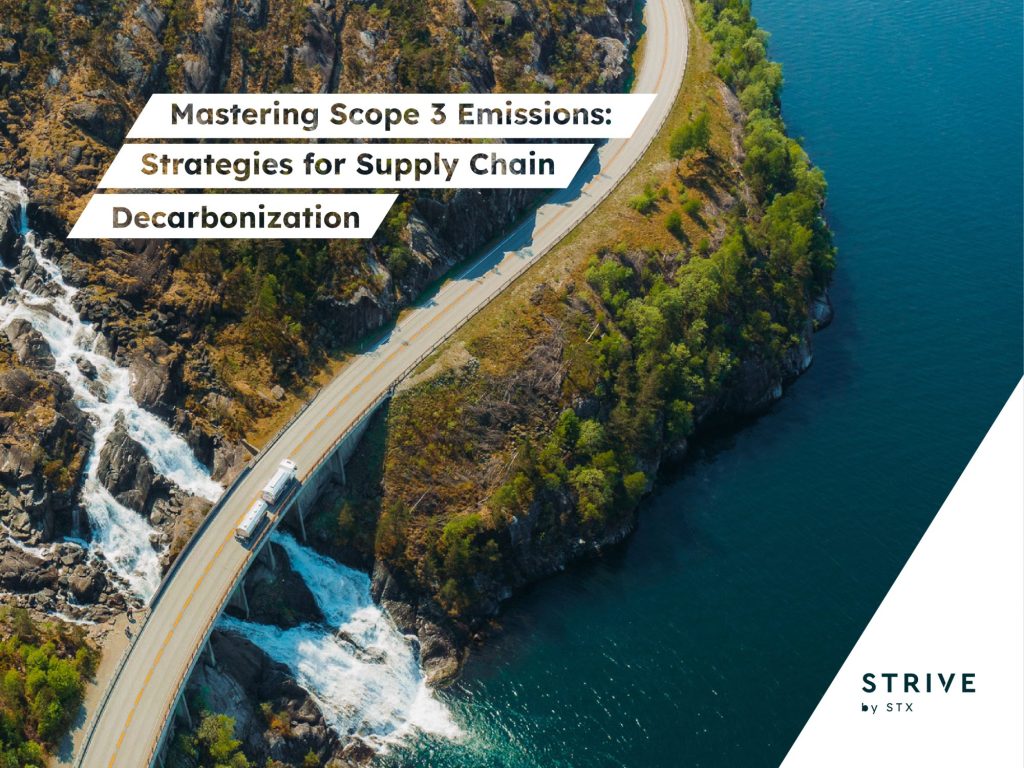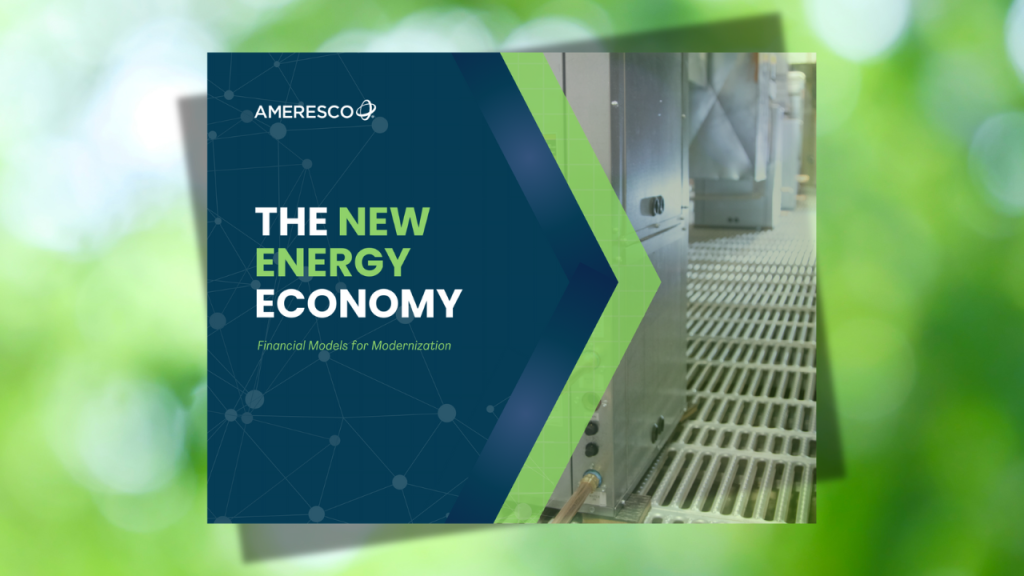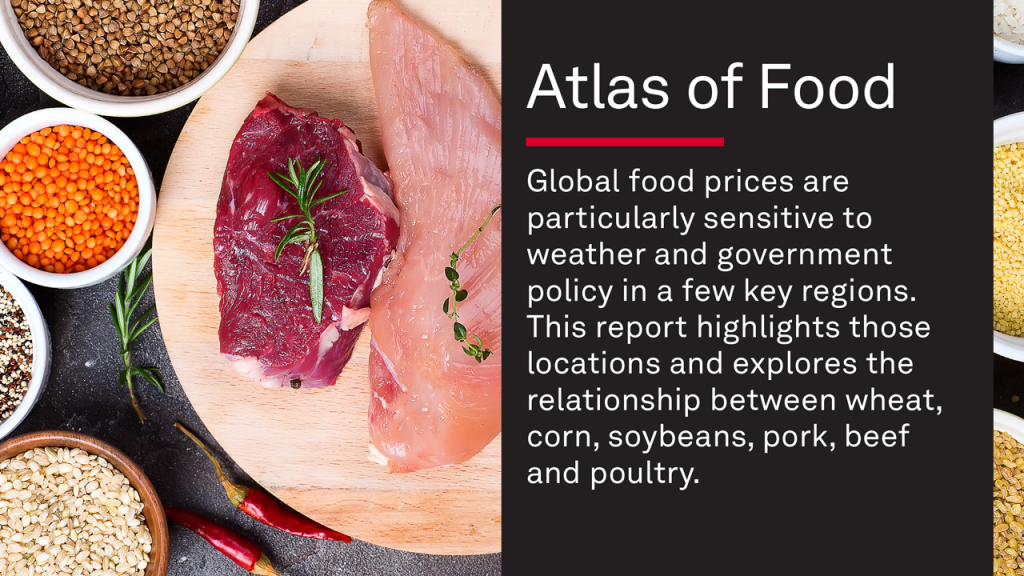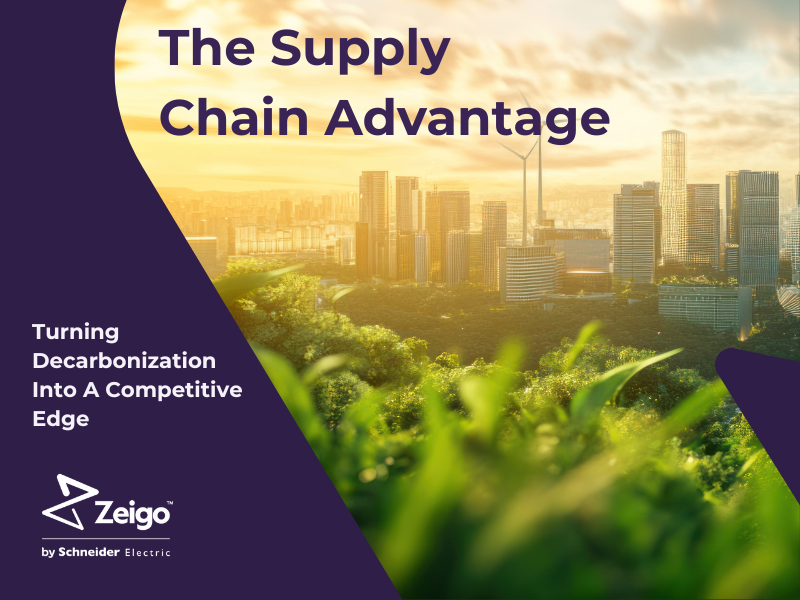From integrity to compliance: Decoding the new VCM landscape
The Voluntary Carbon Market’s focus has shifted to integrity, credibility and, increasingly, compliance. Read More

The Voluntary Carbon Market (VCM) is entering a pivotal new phase — one where integrity is no longer a bonus, but the baseline. As the market has scaled rapidly in response to the urgent need for climate action, it has also faced growing pains: inconsistent quality; lack of transparency; and public scrutiny. Over the past year, mounting pressure from investors, regulators and the media has pushed integrity to the forefront. The conversation has shifted from whether companies should use offsets to how they can do so credibly — and increasingly, in line with emerging compliance frameworks.
Integrity as the new currency
In 2023, the carbon market’s focus turned sharply toward integrity. Frameworks such as the Integrity Council for the Voluntary Carbon Market’s (ICVCM) Core Carbon Principles and the Voluntary Carbon Markets Integrity Initiative’s (VCMI) Claims Code have brought clarity to what quality and transparency look like in practice. These guardrails are reshaping expectations around offsetting and laying the foundation for integration with regulatory frameworks such as CORSIA and Article 6 of the Paris Agreement.
In this new environment, integrity is no longer optional. It’s the entry point to credibility, and increasingly, to compliance.
The regulation shift and a supply crunch
As regulatory frameworks evolve, companies face tighter constraints on what they can claim and how they procure offsets. Article 6 requires host country authorization and accounting adjustments for international transfers. CORSIA has entered its first compliance phase, with rigorous eligibility rules for credits.
Together, these developments have introduced a new category of “high-integrity” credits — those aligned with Article 6, eligible under CORSIA and assessed under ICVCM’s Core Carbon Principles (CCPs). However, supply is struggling to keep up with rising demand. Many credits available on the market today were issued under methodologies not (yet) approved by the ICVCM, as assessments are still ongoing.
This has led to a tightening market where developers face long lead times, constrained issuance capacity and continued regulatory uncertainty. But this transition shouldn’t deter companies from acting. High-quality, high-integrity projects do exist outside of ICVCM-approved methodologies. Just because a project hasn’t yet received CCP approval doesn’t mean it lacks credibility — especially given the time and complexity involved in shifting to an approved methodology. Until the landscape stabilizes, integrity assessments should continue to be made at the project level.
Future-proofing your carbon strategy
In today’s evolving landscape, reactive credit procurement is no longer sufficient. Businesses must approach offsetting as a strategic element of their broader decarbonization plan. Furthermore, offsetting and decarbonization should happen in parallel, not sequentially. Companies don’t need to wait to reach their reduction targets before investing in carbon credits. In fact, building a long-term offset portfolio early improves credibility, cost-efficiency and resilience to market changes. The process begins with internal emissions reductions, aligned with frameworks such as the Science Based Targets initiative (SBTi) and the Corporate Sustainability Reporting Directive (CSRD). From there, companies can define how carbon credits fit into their net-zero roadmap.
Key steps to future-proof your VCM engagement:
- Prioritize high-integrity credits that align with emerging standards such as ICVCM’s Core Carbon Principles, Article 6, CORSIA or are assessed on a project level to ensure quality.
- Explore long-term access through multi-year agreements or by co-investing in project development to influence credit quality and availability.
- Evaluate compliance readiness by asking whether credits you purchase today can meet tomorrow’s regulatory expectations.
An impactful offset strategy is not just about what you buy — it’s about how well it aligns with your roadmap, financial planning and claims-making strategy.
What comes next: Convergence and climate leadership
The line between voluntary and compliance carbon markets is quickly dissolving. Leading companies are already integrating VCM, Article 6 and CORSIA into unified procurement and reporting strategies. As regulatory frameworks mature, the voluntary market is evolving into a proving ground for future compliance.
Corporate climate claims will face increasing scrutiny and must be backed by credible data and validated against emerging standards such as the VCMI Claims Code, ISO Carbon Neutrality, the upcoming SBTi net-zero guidance or other claims frameworks. In this new environment, companies will be judged not just on the credits they purchase but also on the integrity of their entire offsetting approach.
Key questions to consider:
- Are your offsets credible and additional?
- Do they complement a robust decarbonization strategy?
- Are they delivering measurable, real-world impact?
The bottom line
Whether you’re just beginning your net-zero journey or refining an existing strategy, now is the time to act. Build a carbon strategy that aligns with integrity standards, manages future risks and supports long-term climate goals. Get in touch with EcoAct to design a high-impact strategy that meets today’s expectations — and tomorrow’s requirements.

Subscribe to Trellis Briefing
Featured Reports

The Premier Event for Sustainable Business Leaders






